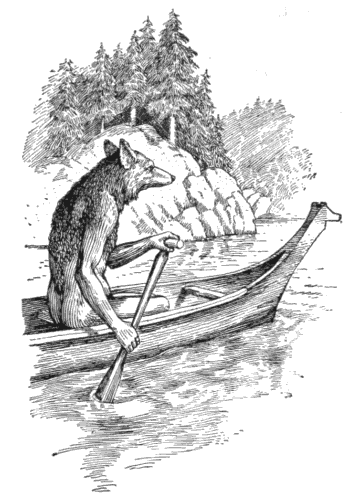In the west, epic myths, remnants of religions past, are revered, re-translated and researched, but folktales and fairy tales are often written off as children’s stories. Scrappy, grisly, lowbrow and deceptively simple, many of them do indeed serve as warnings to children: don’t wander alone in the woods, boast or steal.
But these stories, passed as oral narratives for centuries, are much like the beans that made Jack’s beanstalk: seemingly worthless, they contain entire worlds, beliefs, fears and struggles. Each compact story sings of the people who tell it.

Just like a good folk yarn, poetry is by its nature sensory and disruptive. Historically spoken aloud, it is a natural cousin to the tall tale and a great form with which to explore folk narratives in a new way. The tales we grew up with in Britain, however, are so familiar and frequently reworked, through storybooks, pantomime, games, films and media, that it’s hard to find a new take on them. Writers like Angela Carter and Neil Gaiman have successfully taken stories like Bluebeard and Snow White in interestingly dark directions, but perhaps it’s time to look further afield.
This October, I’m thrilled to be teaching a course for the Poetry School called A Far-Off Land: Finding More Folklore. I’ve been researching folk poetry from around the world, contemporary and ancient, in order to examine recurring themes and concerns, including rebellion, world-building techniques, common anxieties, queerness and disruption, and our relationship to animals. It’s been a fascinating journey, uncovering tricksters, river-spirits, demons and omens from Asia, the Caribbean, the Americas and Oceania.
In structuring the course and finding examples of poetry from across the world, I’ve come across a number of common functions of folklore. These include: celebration, superstition and ritual, warnings and advice, storytelling as an act of coming together (think about the ghost stories we tell around campfires), pure entertainment, satire and dissent, and explaining the unexplainable. Far from being bawdy nonsense tales told by bumpkins, folktales are creative, elegant, funny, frightening examples of human creativity. And sure, they are bawdy sometimes, but who doesn’t enjoy a spot of smut?
Cultural appropriation is important to bear in mind, and I’ll address this early on in the course, but curiosity should be treasured. As US writer Nadra Kareem Nittle writes on the subject: “Genuine interest in other cultures is not to be discounted. The sharing of ideas, traditions, and material items is what makes life interesting and helps diversify the world. It is the intention that remains most important and something everyone can remain conscious of as we learn from others.”

Exploring art from other cultures does not always require geographical distance. I’ve also sourced poetry by outsider artists in the west – people institutionalised with severe psychosis, for whom poetry and art are the tools by which they articulate their thoughts and make sense of the world. In these cases, the culture they describe, its rules, restrictions and gods, is endemic to them. They are their own island nation.
I’m encouraging students to explore widely for their source material, but to understand the stories they discover in context and genuinely re-imagine them, or simply use them as a kicking-off point. Traditional forms are welcome, but so is collage, sound poetry, asemic writing and video poetry.
In a world so multifarious that a common crow can mean death, good luck, wealth, sunlight, mischief or memory, there is so much scope to learn from old stories and to tell new ones for the concerns we hold today.
Write poems inspired by myths and legends from across the globe on Kirsten Irving’s new online course, A Far-Off Land: Folklore From Elsewhere. Call 0207 582 1679 or book online.
Add your Reply
You must be logged in to post a comment.